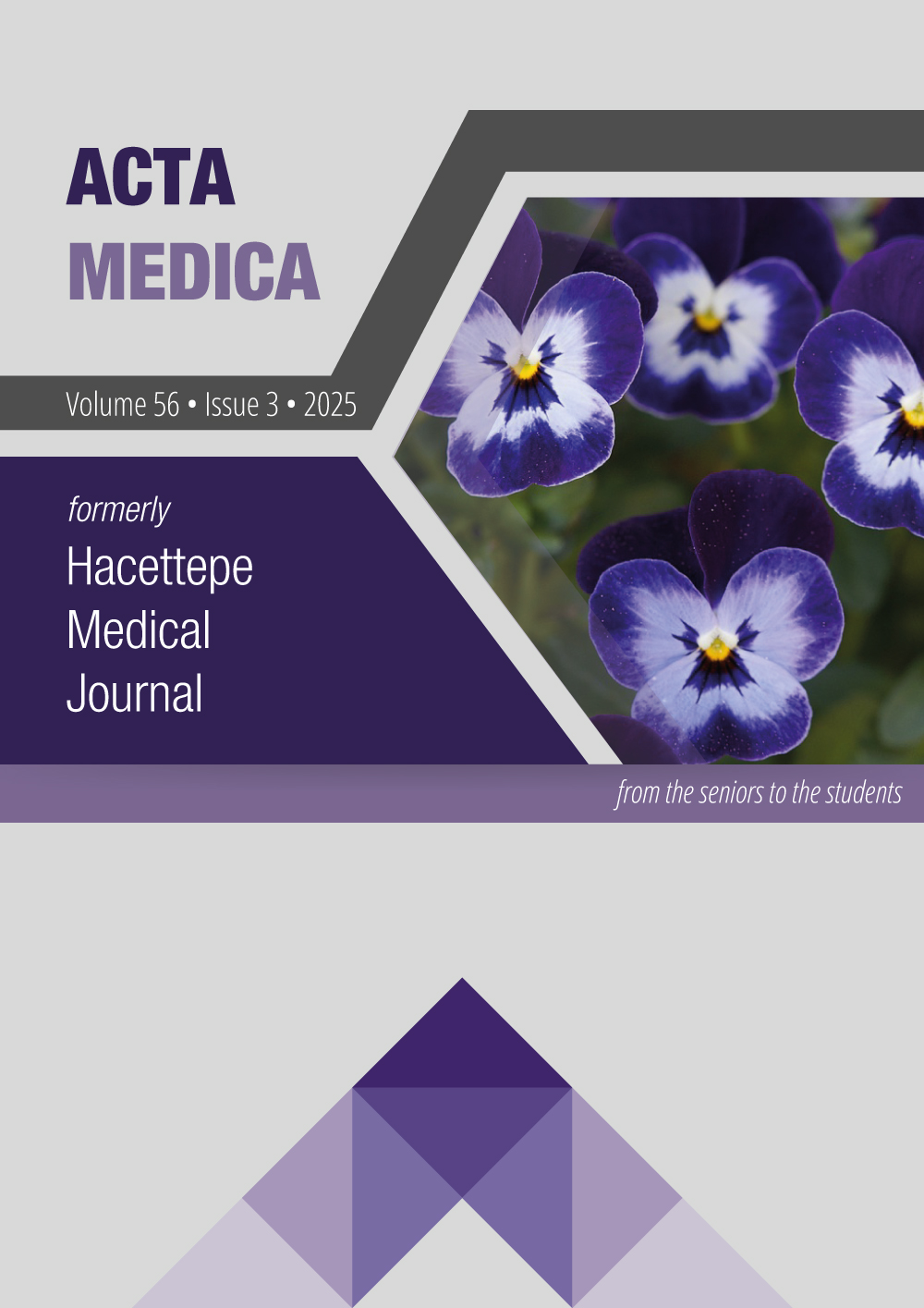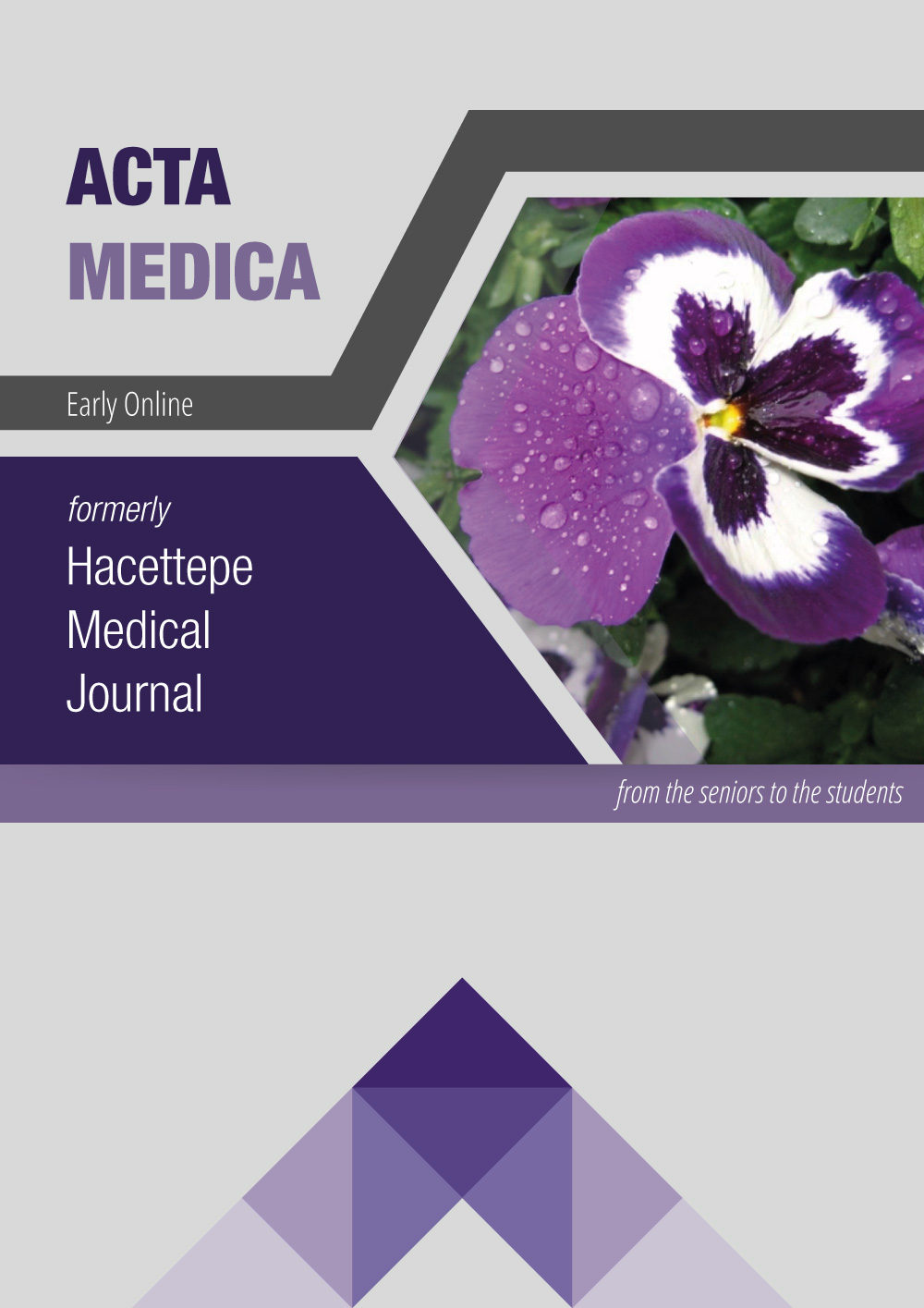Predictors of secondary traumatic stress: traumatic experience, psychiatric symptoms and gender vs. mindfulness and mortality awareness
DOI:
https://doi.org/10.32552/2025.ActaMedica.1164Keywords:
secondary traumatic stress, mindfulness, mortality awarenessAbstract
Objective: The present study mainly aimed to examine the relationship between mindfulness, mortality awareness, and the emergence of secondary traumatic stress (STS) symptoms in young adults who had been indirectly exposed to social media content related to the 6 February 2023 Kahramanmaraş earthquakes.
Materials and Methods: Data were collected online between June 2023 and May 2024 from 96 participants aged 18–26 (83% female). Exclusion criteria included direct exposure to the earthquake, residing in the affected provinces, bereavement of close relatives, or engagement in rescue operations. Measures included the Brief Symptom Scale-25, Multidimensional Mortality Awareness Measure, Secondary Traumatic Stress Scale for Social Media Users, and the Five Facet Mindfulness Questionnaire-Short Form. Hierarchical Regression Analysis was used to investigate predictive roles of mindfulness and mortality awareness for secondary traumatic stress symptoms, controlling the effects of gender, past traumatic experience, and the effect of general psychiatric symptomatology.
Results: Gender, psychiatric symptoms, and past trauma history significantly predicted STS, accounting for 30% of the variance. Being female, having more psychiatric symptoms, and a history of trauma were associated with higher STS levels. Adding mindfulness and mortality awareness increased the explained variance to 46%. Specifically, mortality fearfulness and mortality legacy positively predicted STS symptoms, suggesting that fear of death and the need to leave a legacy may heighten vulnerability. Conversely, the mindfulness sub-dimension of nonjudging inner experience negatively predicted STS, indicating a protective role. Independent-samples t tests indicated that STS scores were higher among participants with a past trauma history than those without (M=52.00 vs 43.30), t(94)=2.58, p=.011, and among females versus males (M=47.24 vs 36.20), t(93)=2.80, p=.006.
Conclusion: Controlling for established predictors (female gender, psychiatric symptomatology, and past trauma), mortality fearfulness and mortality legacy remained positive predictors of STS, whereas nonjudging of inner experience remained a negative predictor. This pattern suggests that mortality awareness and mindfulness facets contribute unique variance to STS beyond core risk factors.
Downloads
Downloads
Published
How to Cite
Issue
Section
License
Copyright (c) 2025 Acta Medica

This work is licensed under a Creative Commons Attribution-NonCommercial-NoDerivatives 4.0 International License.


